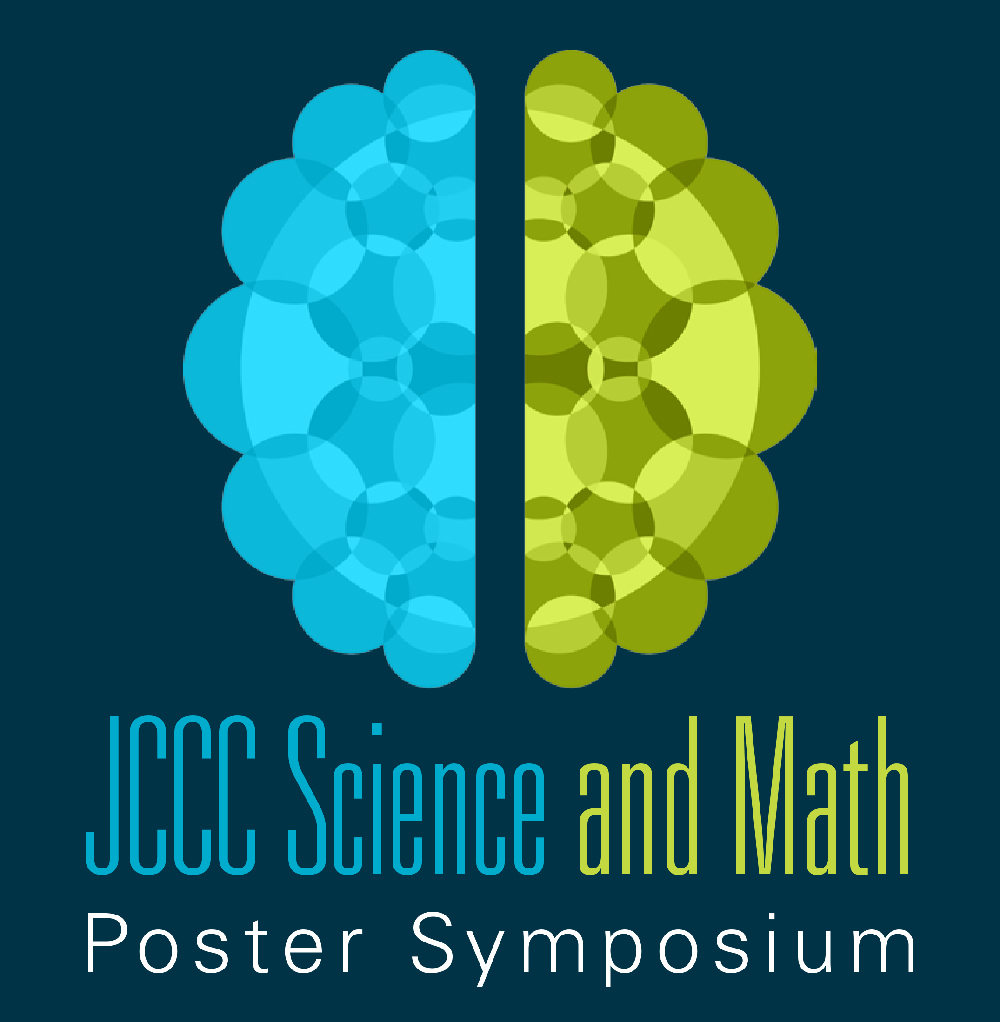Personal soil sample
Location
CoLab
Start Date
3-5-2019 10:30 AM
End Date
3-5-2019 11:45 AM
Document Type
Poster
Description
Antibiotic resistance in health care is on the rise and causing even concerns. The purpose of my research is to hopefully find a zone of inhibition in my soil samples. I collected my dirt from a newly built Casey’s gas station hoping there would be microbes that have been exposed due to breaking soil. After I diluted the soil sample, I made plates from each dilution. This caused the number of colonies on each plate to decrease, leaving a few number of colonies on the last dilution plate. This helped me see different types of colonies as well as seeing if any caused zones of inhibition against other groups. I isolated a few candidates that I thought could be used as pathogens that are antibiotic resistant. I placed them all on a master plate looking for a potential contender. I chose a few candidates from my master plate that looked interesting and isolated them. After isolation I tested potential ones against six safe relatives of the ESKAPE pathogens, hoping there would be some type of zone on inhibition. If there would have been any zones showing the candidate inhibiting the safe relatives it would have been a positive result. The candidates that I have picked showed no progress of being able to kill bacteria that is causing antibiotic resistance.
Image
Personal soil sample
CoLab
Antibiotic resistance in health care is on the rise and causing even concerns. The purpose of my research is to hopefully find a zone of inhibition in my soil samples. I collected my dirt from a newly built Casey’s gas station hoping there would be microbes that have been exposed due to breaking soil. After I diluted the soil sample, I made plates from each dilution. This caused the number of colonies on each plate to decrease, leaving a few number of colonies on the last dilution plate. This helped me see different types of colonies as well as seeing if any caused zones of inhibition against other groups. I isolated a few candidates that I thought could be used as pathogens that are antibiotic resistant. I placed them all on a master plate looking for a potential contender. I chose a few candidates from my master plate that looked interesting and isolated them. After isolation I tested potential ones against six safe relatives of the ESKAPE pathogens, hoping there would be some type of zone on inhibition. If there would have been any zones showing the candidate inhibiting the safe relatives it would have been a positive result. The candidates that I have picked showed no progress of being able to kill bacteria that is causing antibiotic resistance.


Comments
The faculty supervisor for this project was Melissa Daggett, Biology.